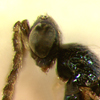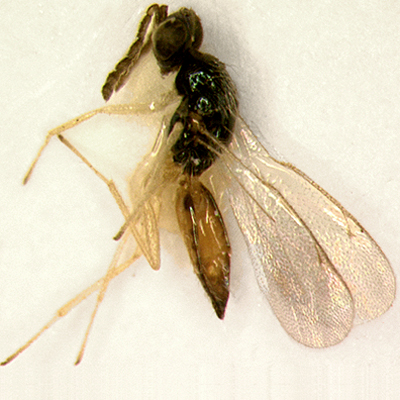 |
|||||||||||||||||||||||||||||||||||||||||||||||||||||||||||||||||||||||||||||||||||||||||||||||
|
|
Home | Open the Key | References | ||||||||||||||||||||||||||||||||||||||||||||||||||||||||||||||||||||||||||||||||||||||||||||
|
|||||||||||||||||||||||||||||||||||||||||||||||||||||||||||||||||||||||||||||||||||||||||||||||
Classification
|
|||||||||||||||||||||||||||||||||||||||||||||||||||||||||||||||||||||||||||||||||||||||||||||||
Subfamily Tribe |
|||||||||||||||||||||||||||||||||||||||||||||||||||||||||||||||||||||||||||||||||||||||||||||||
Diagnosis
|
|||||||||||||||||||||||||||||||||||||||||||||||||||||||||||||||||||||||||||||||||||||||||||||||
|
|
||||||||||||||||||||||||||||||||||||||||||||||||||||||||||||||||||||||||||||||||||||||||||||||
| |
|||||||||||||||||||||||||||||||||||||||||||||||||||||||||||||||||||||||||||||||||||||||||||||||
Distribution |
|||||||||||||||||||||||||||||||||||||||||||||||||||||||||||||||||||||||||||||||||||||||||||||||
|
The two species of this genus were recorded in Central Europe and in several Mediterranean countries (Schauff et al., 1998). |
|||||||||||||||||||||||||||||||||||||||||||||||||||||||||||||||||||||||||||||||||||||||||||||||
| |
|||||||||||||||||||||||||||||||||||||||||||||||||||||||||||||||||||||||||||||||||||||||||||||||
Biology |
|||||||||||||||||||||||||||||||||||||||||||||||||||||||||||||||||||||||||||||||||||||||||||||||
|
The two species of this genus, R. cristata and R. incompleta, are primary ectoparasitoids of leafmining Diptera and Lepidoptera (Schauff et al., 1998; Massa et al., 2001). |
|||||||||||||||||||||||||||||||||||||||||||||||||||||||||||||||||||||||||||||||||||||||||||||||
| |
|||||||||||||||||||||||||||||||||||||||||||||||||||||||||||||||||||||||||||||||||||||||||||||||
| |
|||||||||||||||||||||||||||||||||||||||||||||||||||||||||||||||||||||||||||||||||||||||||||||||
Comments |
|||||||||||||||||||||||||||||||||||||||||||||||||||||||||||||||||||||||||||||||||||||||||||||||
|
Ratzeburgiola belongs to the tribe
of Eulophini by having funicle 4
segmented, propleura meeting posteriorly and covering prosternum,
2 pairs of scutellar setae and 3 or more setae on submarginal
vein.
Ratzeburgiola, as Pnigalio, may be distinguished from Dicladocerus, Elachertus Spinola, Hemiptarsenus, Notanisomorphella Girault, Stenomesius and Sympiesis by having costula on propodeum. Other characters useful to distinguish these genera from Ratzeburgiola are the followings: female funicle 3-segmented and 2 branches on male funicle in Dicladocerus; sublateral grooves on the scutellum continuing posteriorly, plicae and branches absent in Elachertus; scape distinctly exceeding above the apex of vertex and plicae absent in Hemiptarsenus; a step-like plica and distinctly sculptured propodeum in Notanisomorphella; two median carina X- or H-shaped and absent branches on male funicle in Stenomesius; absent longitudinal scutellar grooves and plicae in Sympiesis. Finally, Pnigalio, the closest genus to Ratzeburgiola, may be recognised by having notauli incomplete or absent, scutellum sculptured and by not having longitudinal grooves (Schauff et al., 1998). The main differences between R. incompleta and R. cristata are treated by Boucek (1969). A third Mediterranean species, not yet described, was recovered from Diptera and Lepidoptera leafminers (Rizzo, pers.comm.). |
|||||||||||||||||||||||||||||||||||||||||||||||||||||||||||||||||||||||||||||||||||||||||||||||



